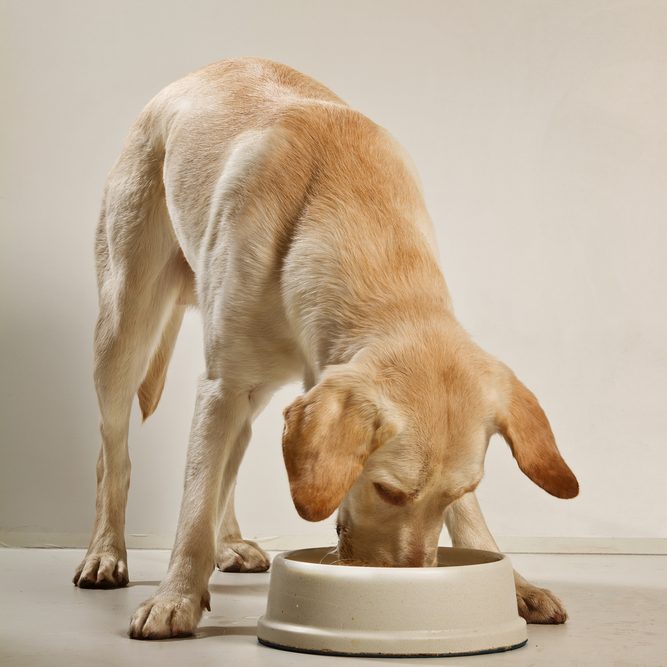How Often Should I Flea My Dog?
For dogs, fleas are a very common parasite that can really make the life of your furry friend quite miserable. The worst thing about them is that they don’t give our canine companions a break at any point in time. Whether it’s summer or winter, they’ll still be looking to cause discomfort to the dog. This is contrary to the earlier belief that there are seasons that isn’t favourable to them. They stay much longer in the year than we originally thought. They feed on your furry friend’s blood and cause him/her to begin feeling itchy. As such, regularly carrying out flea treatment for your dog is necessary if you want to keep them healthy and comfortable.
How often should you put your dog on flea treatment? This is the big question that a dog owner is looking for an answer to. But before that, let’s take at a few facts about the parasite itself.
Ways in which Dog Fleas can Impact the Health of the Dog
If they have so many fleas on their skin, some dogs will develop health conditions that are more serious. These include:
1. Tooth Damage
When the fleas bit the dog’s skin, they feel itchy and want to scratch their bodies all the time. Since their fur is very abrasive, constantly chewing on them, it’ll cause the dogs’ incisors to wear down. Eventually, it will lead to pain in the teeth.
2. Flea Allergy
Dogs that are allergic to fleas will react extremely to the bites of the parasites resulting in skin that’s extremely itchy and inflamed. This will occur particularly down their hind legs and on the rump. As they scratch on the skin constantly, their skin becomes traumatised. This then leads to a secondary infection that’s very painful. With time, the skin will turn dark, hairless and thick.
3. Anaemia
When the fleas become large in number, they’ll be able to they’ll drink so much blood from your dog, causing the dog to become anaemic. When they become anaemic, it means the number of red blood cells in their blood significantly reduces interfering with the ability of the blood to transfer oxygen to other sections of the body. This is very serious and can eventually lead to the death of your dog.
In light of the above impacts that fleas have on the health of the dog, it becomes quite vital to ensure that they’re regularly treated. This helps keep the fleas under control. It’s now known that fleas don’t just attack during the summer making it necessary to continue with flea treatment all year round. Easing up on the treatment over winter, you’ll have to deal with a much bigger problem when summer sets in and you need to treat your dog.

Keeping Fleas under Control
It’s advisable to stick to the food that has been recommended to suit your cat. Examples of what to avoid giving the cat include raisins/sultanas, grapes, chocolate, onions, coffee or caffeinated products, bread dough, avocado, nuts, fruit stones, fruits seeds, corncobs, tomatoes, milk and other products of dairy, and mushrooms.
Conclusion
There are many flea treatment methods that you can use. A number of them treat the dog’s environment which is also very important. It’s advisable to look for these solutions.
